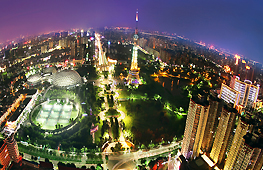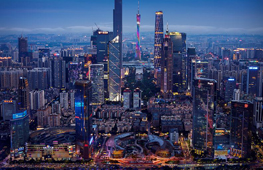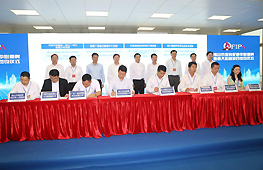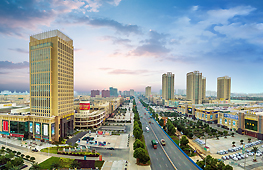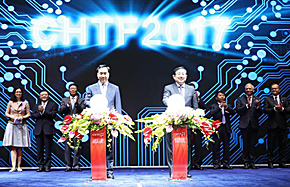The world capital of china
Porcelain, white gold art forms see renaissance thanks to local cultural protection measures, David Blair reports.
In English, the word for fine porcelain is 'china'. Since the Han Dynasty (206 BC-AD 220), around 2,000 years ago, the city of Jingdezhen in Jiangxi province has been a center of the art and skills needed to make the vases and tableware coveted by European royalty and on display in museums around the world. Jingdezhen china was so valuable Europeans called it 'white gold'. Now, Jingdezhen is not just preserving this heritage. The city is investing to make cultivating its living tradition part of a strategy to upgrade its economy and to help fulfill the 13th Five-Year Plan (2016-20) goal for China to become an ecological civilization.
Partly, Jingdezhen's advantages came from natural resources: the pine trees that were originally used to fire the kilns and the white clay, known as kaolin, that is essential to make the highest quality porcelains. But, much more importantly, both now and in imperial times, was the cluster of highly skilled craftsmen, designers and businesspeople who have always given a vibrant energy to the city.
The city has invested 600 million yuan ($90 million) in converting an old factory district, called Taoxichuan, to a center for producing, researching, and selling porcelain. The remodeling and development was designed by an international team of architects to create a pleasant, but intellectually stimulating site.
The industrial museum preserves the memory of how ceramics were made decades or even centuries ago, while a high-tech center explores the role of 3-D printing. A nearby university specializes in teaching and researching ceramics. Each Saturday, the park holds a fair where students sell their productions.
Each day, Taoxichuan attracts 7,000 to 10,000 tourists.
Ceramics artists from all over the world are drawn to the park. Ryan Labar, a United States artist with a studio in the park, said: "Taoxichuan has a creative energy that makes you want to invest here. If you don't have that, you are dead in the studio."
Similarly, Ryan Mitchell, also a US artist, said: "China is investing in Jingdezhen because it is an investment in what it means to be Chinese."
Saint Mbembo, from the Democratic Republic of the Congo, said that he had always been interested in ceramics and wanted to come to China as the center of the art. Also, China offered scholarships and opportunities not available in Western countries, he added.
Some Jingdezhen families jealously guard skills that have been passed down from generation to generation. Young people from those families can make very good salaries free-hand drawing or carving traditional scenes onto porcelain.
Liu Zili, the board chairman of the State-owned company that developed Taoxichuan, said the city's culture gives more and more opportunities to young people. "The goal is to develop a new kind of living style for China and the world," he said, adding that it should be comfortable, healthy and low-carbon. "Green development takes less from nature and gives more to nature."
Around 20 years ago, the air in Jingdezhen was severely polluted because the kilns were all fired with coal. The government mandated a switch to natural gas, resulting in air quality that is among the highest in the nation today.
The city also built the Mingfanyuan ceramics industrial park, covering 67 hectares at a cost of 4 billion yuan. To a visitor, the outside areas look like elegant Chinese gardens and the buildings are zeninspired. Many entrepreneurial companies making high-end ceramics are based there.
For example, 75-year-old porcelain artist and chemist Deng Xiping has expanded on Jingdezhen's traditions to develop her own glazes. Her works are collected by international museums and she once made a piece for US president George H.W. Bush.
Wang Shangbin makes translucent celadon and Jiu Duan produces very large pieces for hotels, offices and parks. Hong Runbao makes high-quality reproductions of historical masterpieces.
These porcelain entrepreneurs, and many others in the park, make products in such high demand that they sell for tens or hundreds of thousands of yuan.
Liu said that the new business model of the city is to move up-market, encouraging designers and artists to produce highquality products that represent the city's heritage and that command high prices in the world's market.
Contact the writer at davidblair@chinadaily.com.cn






